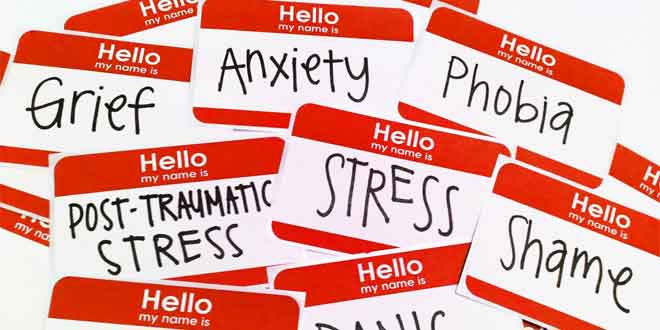
Mental Health Got You Down? There’s No Shame in Talking
Mental health is defined as a state of well-being in which every individual realizes his or her own potential, can cope with the normal stresses of life, can work productively and fruitfully, and is able to make a contribution to her or his community. – WHO
Taking a stroll down the street or on a park, we casually hear people calling each other psycho, demented or retarded. The very words that actually are used to describe severe mental disease. In a world where WHO uses a positive approach to mental health, most of the people are ashamed to be associated with anything ‘mental.’
One of the reasons behind this negative approach by most Pakistanis is that people blame the patient for their mental health. Majority considers mental health to be in a person’s control. The truth is that mental health is neither the patients fault nor in their control.
Since WHO describes health as a “state of complete physical, mental and social well-being and not merely the absence of disease or infirmity,” mental health too is not just the absence of mental disorder – it is more than that.
There is a plethora of factors out there that can and do affect your mental health. Some of the most basic classifications of these determinants are social, psychological and behavioral factors. A combination of these factors is used to determine a person’s mental health at any point in time.
Fortunately, mental illness does not appear out of the blue. There are warning signs that appear way before a full blown disease. Mental disease can be cured, with full recovery and better yet prevented.
Close family and friends are usually the first ones to point out any changes in behavior or way of thinking. Some mental health discussion topics would include:
- Social withdrawal including relationship with spouse, parents and people at work
- Loss of interest in others
- Troubled normal functioning like sports, academics and day to day chores
- Difficulty in concentrating, understanding, logical thoughts and memory
- Not able to connect with in oneself and the surroundings
- Childhood in adult kind of typical behavior including strong belief in magic and super power on oneself
- Chromophobia, photophobia or aversion from any over stimulatory situations
- Severe paranoia and anxiety
- Mood swings
- Change in sleeping and eating patterns
- Substance abuse
- Bouts of sadness and anger
One of few of these do not represent a mental illness but display of majority of them should raise suspicion. These warning signs are also classified for different age groups. Adults, adolescents and children all display their mental health in different way. Mostly adults distance themselves from their surroundings show symptoms of depression, act irrationally, get involved in substance abuse and have drastic changes in hunger and sleeping patterns. Adolescents and children mostly show impaired functioning in school, disobedience and temper tantrums.
If you find any of your of loved one going through trouble of facing problems you should contact a mental health professional. Your family physician might be able to help you locate a mental health professional who can cater to your needs or you can reach the nearest mental health centre.
The benefits of a mental health discussion far outweigh with mental health professionals usually take the patient through brief therapy sessions where the sit and talk face to face with the patients. There are several kinds of therapies.
- Behavior Therapy – Includes stress management, biofeedback and relaxation training to change thinking patterns and behavior.
- Psychoanalysis – Long-term therapy meant to “uncover” unconscious motivations and early patterns to resolve issues and to become aware of how those motivations influence present actions and feelings.
- Cognitive Therapy – Seeks to identify and correct thinking patterns that can lead to troublesome feelings and behavior.
- Family Therapy – Includes discussion and problem-solving sessions with every member of the family.
- Movement/Art/Music Therapy – These methods include the use of movement, art or music to express emotions. Effective for persons who cannot otherwise express feelings.
- Group Therapy – Includes a small group of people who, with the guidance of a trained therapist, discuss individual issues and help each other with problems.
The most commonly used is a combination of cognitive and behavioral therapy. This way of therapy is known to change the way you think and what you tend to do. Cognitive behavioral therapy focuses more on your present problems and looks for way of improving your mental state rather than digging through the past and looking for the events that led to the mental condition. It effectively deals with depression and anxiety.
It can be done with a group of people or individually, on a computer based program or a book.
What suits best for you and how to exactly deal with your problem is not the scope of this article these are the questions that be answered by your doctor.

